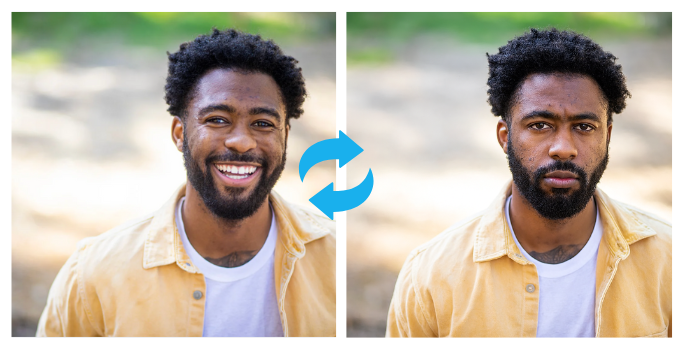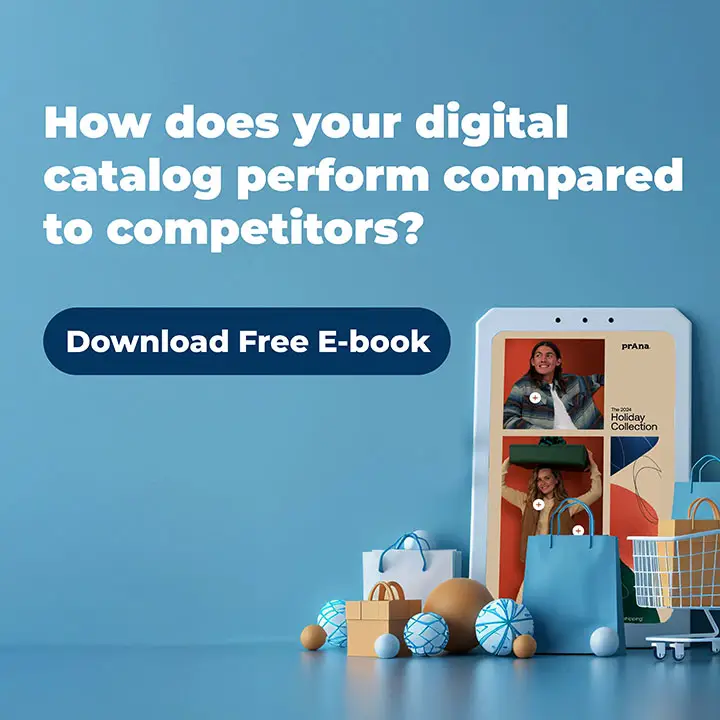Thanks to Generative AI, the days of 16-hour-long product shoots look to be on their way out, especially in food and grocery, where product photography has traditionally done the heavy lifting when it comes to marketing and merchandising. But traditional shoots come at a price: stylists, photographers, props, location rentals, food waste, and editing. Multiply that across seasonal campaigns and product lines, and it quickly drains the marketing budget.
Now, tools like Adobe Firefly let brands create stunning, hyper-realistic images in minutes; no food styling or photography needed. Craving a steaming bowl of vegan ramen or a rustic picnic scene for your latest sandwich deal? Generative AI can make it happen.
For many marketers, this means more flexibility and experimentation. A/B testing visuals becomes cheaper. Seasonal campaigns can be updated and refreshed weekly. Localised offers can be rolled out quickly in different languages and formats. And yes, it’s also more sustainable. AI-generated food photography significantly reduces wasted ingredients, energy use, and emissions from travel and transport for shoots.
Below is an example Ross Symons shared on LinkedIn. The introduction to the post sums it up perfectly: “These images weren’t shot with a Canon. They were imagined, with prompts.” Scroll through the carousel below to get a feel for how much generative AI is changing the design game.
Top Ways Generative AI is Saving Time
Generative AI is proving to be a huge positive, especially regarding visuals. From product shots to recipe imagery, AI transforms how brands create and update content at scale. Instead of time-consuming photo shoots or expensive edits, marketing teams can now generate high-quality images in minutes, making it easier to stay agile and on-brand across all campaigns. Its visual flexibility is especially useful in retail, where speed, variety, and localisation are key.
- Quickly adjust facial expressions or poses in imagery without needing to reshoot
- Run A/B tests with multiple creative variations generated in minutes
- Reduce food waste by replacing real food photography with AI-generated visuals
- Cut design costs by generating on-brand campaign assets without relying on external designers
- No need for shooting on location
Below is the result of a prompt put through ChatGPT, which shows how easy it is to generate various facial expressions from one original image. This saves designers hours and companies a large amount of money on photography bills.

What to watch out for
As with any new tool, generative AI has its risks. Here are a few to keep in mind:
- Loss of authenticity: Overusing AI visuals can make content feel too polished or generic
- Mismatched expectations: AI-generated food or product images may look better than the real thing, leading to customer disappointment
- Representation concerns: AI can unintentionally reinforce stereotypes if not carefully directed
- Copyright and usage rights: Depending on the tool, ownership and licensing of AI-generated content can be unclear
- Lack of transparency: Customers might feel misled if it’s not clear that an image was AI-generated
Used wisely, generative AI can be a powerful creative ally. The key is to balance speed and efficiency with human oversight and brand integrity.
Building Smarter Catalogs With Generative AI
Beyond just visuals, digital catalog platforms are starting to embed generative AI tools directly into the design and content creation process. Generative AI is evolving from what was previously just dynamic content capabilities.
Imagine being able to:
- Auto-generate recipe imagery from a list of ingredients already in your product feed.
- Generate lifestyle scenes showing your latest garden furniture in a sunny backyard, or your skincare line in a luxurious bathroom setup, without having to shoot anything new.
- Translate and localise your catalog instantly into multiple languages, while adjusting tone and visuals to fit the audience.
- Write compelling product copy or seasonal headlines based on your brand voice and campaign theme.
Future-thinking platforms are already rolling out these features. The result? Faster production timelines, lower design costs, and a consistent brand experience across channels.
Looking ahead, the future of content creation is moving rapidly toward AI-assisted, data-driven automation, and generative AI will be at the heart of it. Instead of manually styling each asset, smart defaults and brand-aligned sections will allow teams to focus on storytelling rather than formatting. Generative AI will enable the automatic creation of entire content sections tailored to campaign goals, generate product content from feed data, and deliver contextual visuals with just a few clicks.
We’ll see editors enhanced with AI assistants that translate, optimise for SEO, and create on-brand copy from scratch using natural language. Meanwhile, backend data like competitor pricing and product attributes will become easier to enrich, improving personalisation and automation rules. On the analytics side, AI will forecast performance, auto-generate A/B test variants, and spot behavioural trends in real time. The result? A radically more efficient, scalable, and intelligent content journey, across flyers, lookbooks, shoppable carousels, and beyond.
The time-saving domino effect
Generative AI also unlocks a domino effect when it comes to time-saving:
- Marketing teams can spend less time briefing designers and photographers, and more time crafting strategy.
- Designers can focus on layout and brand expression, not hunting for stock photos or editing thousands of SKUs.
- Retailers can update catalogs in real-time to reflect product availability, pricing changes, or new seasonal themes.
This makes it easier to personalise campaigns, reduce errors, and launch more often without needing to double your team.
But what about the human touch?
Of course, generative AI doesn’t replace creative direction, taste, or brand intuition. It simply gives brands more tools to bring their vision to life. The best results still come from a clear prompt, strong creative leadership, and a solid understanding of your customer.
Think of it less as outsourcing creativity and more as augmenting it. A junior designer can now punch above their weight. A lean marketing team can now produce at enterprise scale.
How Generative AI Is Powering the Next Wave of Adaptive Content
As adaptive content builders evolve, generative AI is playing a growing role in transforming how digital content is created and scaled, especially in no-code environments. With flexible drag-and-drop editors becoming the norm, brands can now craft tailored layouts, product carousels, and standalone banners without relying on developers or designers.
Generative AI enhances this by helping teams work smarter and faster. AI reduces manual effort while ensuring consistency across campaigns, from auto-generating layout options to suggesting creative elements like headlines, product groupings, and imagery.
At the platform level, generative AI can also:
- Recommend templates based on content goals or audience behaviour
- Generate pre-built modules for seasonal or theme-based retail content
- Support faster A/B testing with smart variations and optimisation suggestions
Together, these tools make it possible to build mobile-optimised, dynamic content that adapts to changing user needs—without increasing headcount or production costs. As more examples of AI-enhanced storytelling roll out, it’s becoming clear that generative AI is a vital creative accelerator.
The future of AI-powered retail content
As AI capabilities evolve, expect to see even more possibilities, including:
- AI-powered trend forecasting to help brands plan content calendars and product drops.
Personalised leaflet versions based on customer data (think: a plant-based eater getting recipe imagery that matches their preferences). - Voice-assisted catalog creation, where marketers can build pages by simply describing what they want out loud.
Generative AI is becoming a core part of retail content production. For brands willing to experiment, the payoff is clear: faster production, lower costs, less waste, and more engaging customer experiences.
The question isn’t if AI will be part of your marketing workflow. It’s how soon you’ll adopt it, and how smartly you’ll use it.


